Cats will wrestle and play with each other and sometimes even get a little rough, but that can be normal cat behavior. Cats who live together and normally get along will exhibit non-painful ear biting, grabbing, and chasing as a part of their playful activities.
These behaviors develop when a cat is a very young kitten and are understood by other well-socialized cats. Cats who are not well-socialized may not know how to communicate with other cats, or sometimes dynamics arise within a multi-cat household and alter how even the most well-socialized cats interact with each other. Cats who start to show signs of dominance or anxiety can be challenging to work with, especially in multi-cat households.
Dominant Cat Behavior
Cats who are more dominant than other cats will display some specific behaviors depending on the situation they are in. Dominance in a cat can appear at a young age but it will become especially apparent once it matures or is about 2 to 4 years of age. This is the age cats typically will test their boundaries with other cats to establish a hierarchy.
Simple dominance will be exhibited by a cat by marking or spraying urine on territory, stealing and hoarding toys, rubbing its face on items it wants to claim as its own, claiming specific areas to sleep, pushing other cats away from the food bowl, and/or staring at or physically intimidating other cats. Cats who live alone may exhibit some of these behaviors too. A dominant cat that lives with other cats will have more obvious behaviors.
Dominant cats may attempt to establish their dominance in a multiple-cat household by hissing, hitting, and growling. They may also urinate outside of the litter box in areas that the other cats frequent, push other cats out of the food bowl until they are done eating, and make the other cats feel threatened. Dominant cats may also target sick cats in the house. Cats can sense and smell changes in other cats, often before the owner even knows about it. Therefore, they may be more aggressive and act out for no apparent reason towards a cat that isn't feeling well.
Stress can also trigger a cat to act out. For example, displaced aggression is often observed in multiple cat households when an indoor cat sees an outdoor cat through a window and takes out its anxiety on a cat in the home. Other major household changes may also cause this type of behavior, including the introduction of new pets or people, moving to a new home, and construction in the home.
Hierarchy can change with the introduction of a new cat or if you have several cats living together. Some cats will act dominantly in one room with one cat and suddenly switch roles in another room with another cat. Mannerisms from the dominant cat, such as excessive licking, standing on, or sitting on the other cat may be displayed, and swatting and even biting may occur.
Why Are Some Cats More Dominant Than Others?
While cats can be solitary animals, social hierarchies are also normal when many cats live in the same small area. Some cats are considered more dominant or more submissive, and this can be within the normal spectrum of cat behaviors. Additionally, socialization for kittens is an important part of learning how to navigate these interactions with other cats.
Kittens who don't have an opportunity to play and interact with litter mates or other cats may exhibit more extreme behaviors because they didn't learn from other cats. Feral kittens, kittens who need to fight for their food, and kittens who were bottle-fed and raised without other cats may also be more at risk for having undesirable behaviors. Finally, some cats can experience a behavior change related to stress or a medical problem, which can cause them to exhibit behaviors that are out of character for them.
Preventing Dominant Behaviors in Cats
Most people aren't able to oversee every life stage of their cats so it's hard to make sure the first eight weeks of a kitten's life don't contribute to or enforce these behaviors. But there are things a cat owner can do to decrease excessively dominant behaviors in their kitten or adult cat. Be sure to discourage overly aggressive play and don't allow your cat to bite or grab you. Redirect them to a toy they can bite or grab in place of using you or another cat for this purpose.
If you have multiple cats, be careful that you don't give one cat more attention than another, as this could lead to competition and/or jealousy. Feeding multiple cats in separate locations with separate bowls is also encouraged to decrease dominant behavior caused by competition for food. Additionally, it is important to make sure you have enough litter boxes for all of your cats to prevent them from competing or stalking each other in the litter box. This can lead to cats urinating outside of the litter box and/or marking. The general rule is to have at least one more litter box than you have cats and to ensure they are in private, quiet locations.
You should consult your veterinarian if you notice a sudden behavior change in one of your cats or escalating aggression toward cats or people. Some underlying medical conditions could lead to these changes and your veterinarian can help determine if there is a health problem. If the problem is strictly behavioral, working with your veterinarian as well as a trainer can be the best way to help your cat and reestablish harmony in your home.
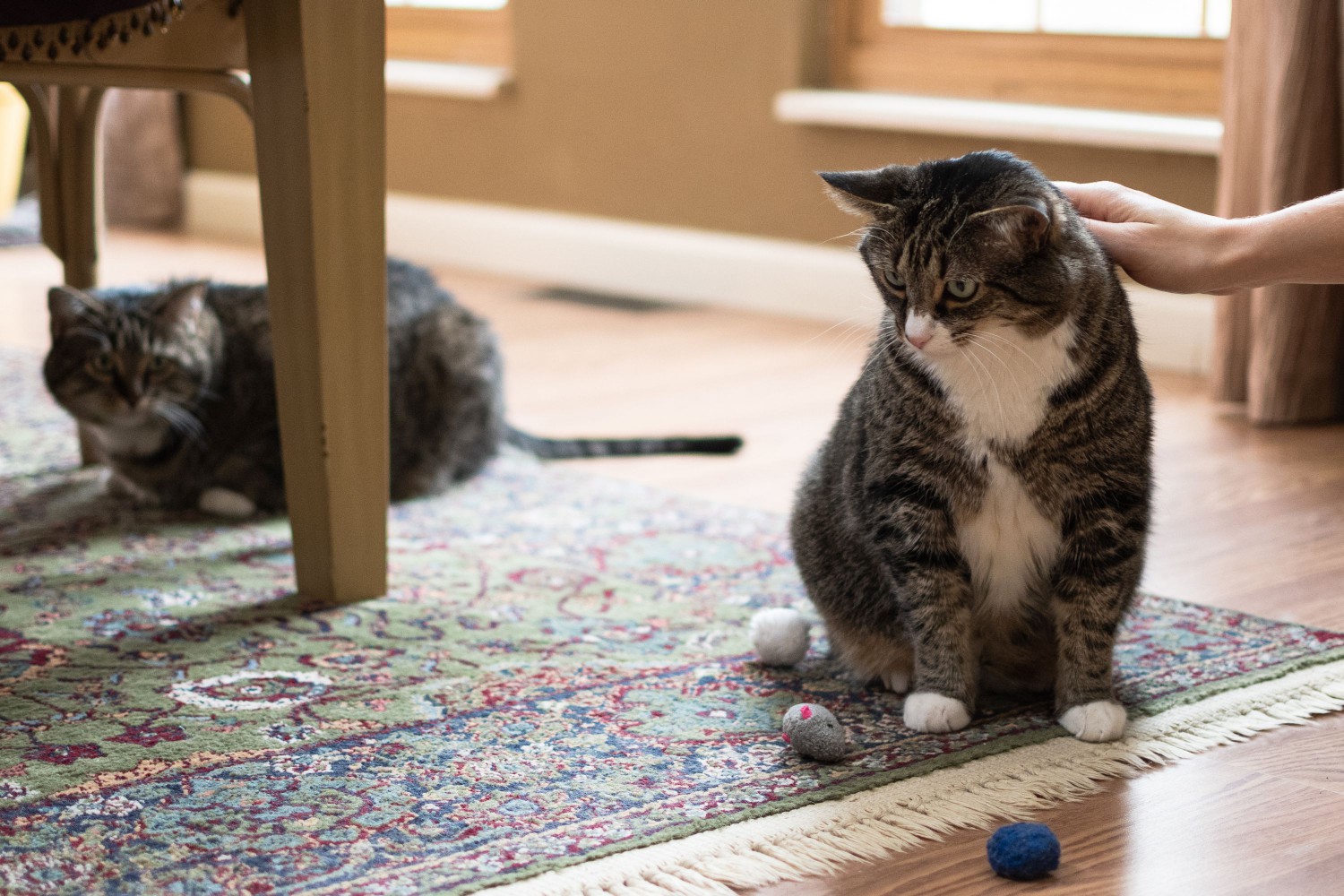
The Spruce / Meg MacDonald
Reinforcing Positive Behavior in Cats
Positively reinforcing good behaviors is better than trying to punish a cat. When your cats are spending time together, be sure to give them treats and pet them. Play with them together while giving them treats and verbally praise them if they are getting along well. This will reinforce the type of behaviors you want to see in your cats, even if one of them is more dominant or pushy than the other.
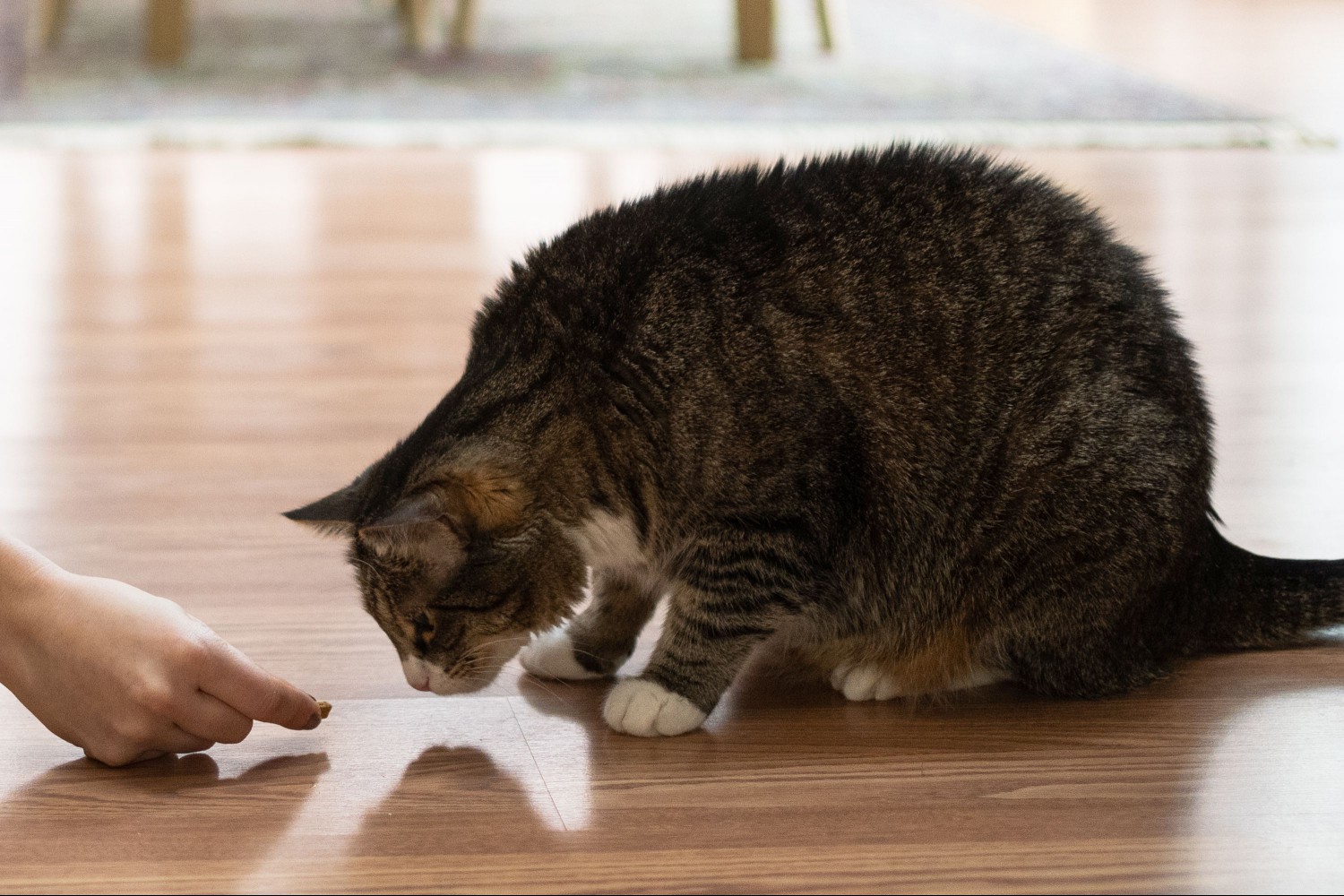
The Spruce / Meg MacDonald
Related Article

How to Dispose of Cat Litter
How should you dispose of cat litter? Similar to the old idiom of what goes up must come down, what
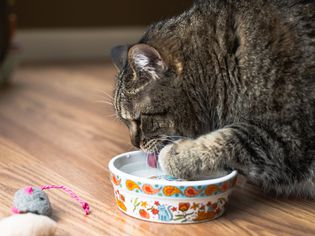
Why Does My Cat Keep Knocking Over Their Water Bowl?
Cats and kittens have a reputation for hating water. Most cats avoid getting wet if at all possible
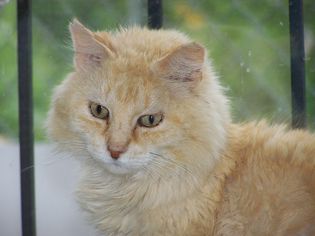
Testing for Contagious Feline AIDS (FIV)
Feline immunodeficiency virus is also known as FIV or feline AIDS. The disease is caused by a conta
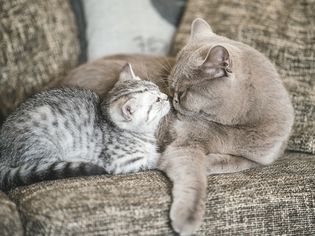
Leptospirosis in Cats
Although rare, cats can contract leptospirosis, a bacterial infection usually found in still, cont

How to Know When to Call the Vet for Your Cat
This article must be prefaced with a BIG disclaimer: I am not trained in veterinary medicine and ha

Why Is My Cat Vomiting Blood?
It is not uncommon for cats to throw up the occasional hairball, however, if your cat were to ever
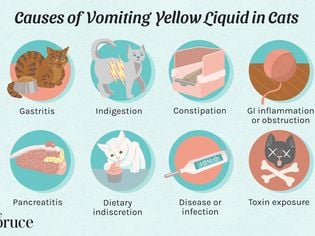
Why Is My Cat Throwing Up Yellow Liquid?
A cat throwing up yellow liquid may indicate several health concerns from indigestion to kidney dis

Feline Hyperesthesia Syndrome (FHS) in Cats
Feline Hyperesthesia Syndrome (FHS), commonly called rippling skin disorder, can be mistaken for no
About FleaFree Feline
We are a premier digital platform committed to delivering high-quality content to our readers. Our mission is to provide accurate, reliable, and engaging information that adds value to our audience's daily lives.
Our team consists of experienced content creators and subject matter experts who uphold the highest standards of professionalism. In an era of information overload, we curate content with care, ensuring our users receive only the most relevant and trustworthy information.
Beyond just reporting facts, we focus on depth and context. Through expert analysis, comprehensive research, and clear presentation, we help our audience gain meaningful insights and make informed decisions.
We take pride in being a trusted information source for our growing community of readers. Our user-first approach means we continuously adapt to provide content that meets our audience's evolving needs and interests.
Innovation and excellence drive everything we do. We're committed to improving our platform and services to deliver the best possible experience for our users.

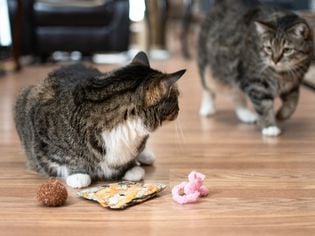
Comments on " Dealing With Dominant and Anxious Cat Behavior" :